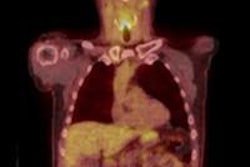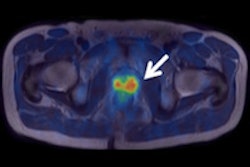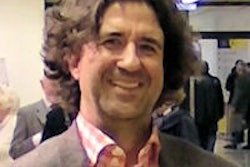Dear Molecular Imaging Insider,
PET/CT's prowess in oncologic imaging is well-known, but for follow-up imaging to assess treatment response, many hospitals still use only CT because the modality is less expensive and more readily available. How well CT alone performs, however, is up for debate.
German researchers have some answers and it doesn't look good for CT. Using PET/CT as the reference standard, CT alone was less than impressive for detecting bone marrow metastases in patients with malignant melanoma.
Contrast-enhanced CT's diagnostic accuracy was "limited," concluded the paper from Eberhard Karls University Tübingen, as the modality missed a great majority of malignant lesions in the spine, pelvis, and thorax.
Speaking of PET/CT, the hybrid modality is quite proficient in assessing the response to therapy in cases of head and neck cancer, and it helps patients avoid invasive post-treatment surgery to remove any remaining cancer cells. Researchers found that 81% of patients who underwent a PET/CT scan after chemotherapy avoided neck dissection surgery, compared with only 22% of patients who were imaged with CT or MRI and avoided the operation.
It remains to be seen whether the combination of MRI and PET will overtake the more established PET/CT, but specialists at King's College London see the emerging hybrid imaging system as a powerful new tool in evaluating disease. They believe the coupling of the two techniques could be part of a "paradigm shift" in cancer imaging, and in the future it may play a central role in diagnosing and treating neurological and cardiac diseases.
Hybrid imaging systems provide powerful tools for the detection and surveillance of disease, but manufacturers have been slow to provide the software that can help physicians recognize and interpret artifacts, believes a leading Austrian pioneer in the field. He thinks faster adaptation of attenuation correction technology to hybrid imaging machines could help sort out the distorting effects of implants, patient motion, or other factors that can skew images.
Be sure to visit the Molecular Imaging Community on a daily basis to stay informed of the latest news and research from around the continent and the world.




















